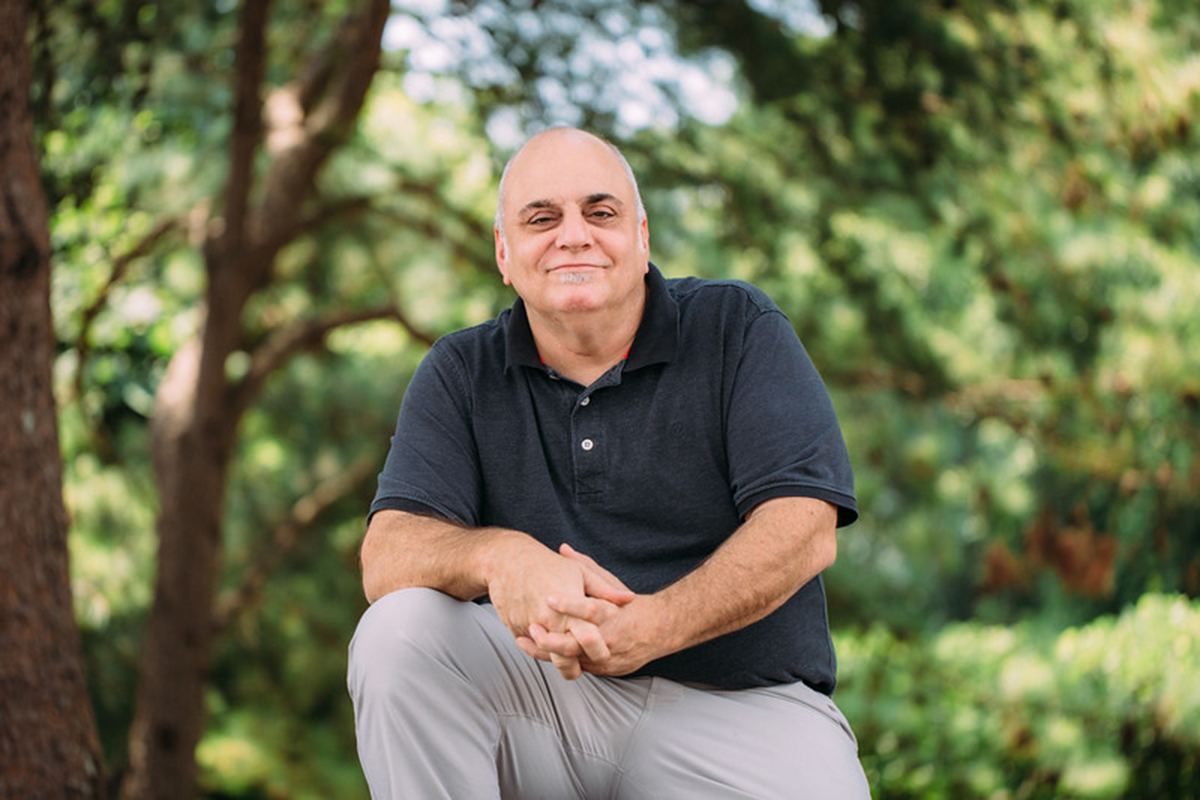Six Lessons from My Surgical Journey

As I lay in my Emory hospital bed the night after my second spinal surgery in three months, I was not thinking about the pain that I had been experiencing for nearly a year and a half.
Both surgeries had been successful and my neurological symptoms were gone. My surgical pain was taken care of by medications.
Nor did I ponder the road ahead. I was facing eight weeks of rest and then extended physical therapy. I had been through this with my first surgery and knew what to expect.
Instead, I was thinking about what I learned along the way.
Lesson 1: I had experienced days where I could barely walk. I had fallen multiple times. All aspects of my life had been disrupted. When dealing with medical issues, there is often not an immediate, straightforward solution. As my non-surgical spinal specialist, Di Cui told me, “Degenerative low-back pain is not a disease. It is part of the process of growing old.”
Lesson 2: You must do what your medical providers tell you. But you also must take an active role, constantly pushing for resolution. Surgery is the method of last resort. You have to try all other options before going that route.
Lesson 3: It is frustrating when you feel that you are kicking the can down the road and not making any progress. I had been depressed, angry, and dejected at points along the way. But there can be unexpected benefits to seeing multiple providers with different perspectives on your condition.
For instance, my physical therapist, Lisa Harlan, was the first to detect my spinal issues in the cervical region of my neck. Her insights into my case came about because she was working with me twice a week, providing hands-on care for several months, and we were constantly discussing my pain. “Sometimes in physical therapy, patients have the perspective that we are going to fix them and that’s incorrect,” Harlan says. “It’s not like a car shop where you can drop your car off to get fixed. There’s work involved from both people, and communication is always key.”
Lesson 4: Don’t be afraid to be selective about your care team. Choose a doctor who matches your needs and comfort level. My surgeon, Daniel Refai, asked me to retell my story from the beginning, although he had seen my X-rays and my MRI. Only then did he make his decision about the path forward for me. Ultimately, Refai performed both of my surgeries with excellent results. I had multiple fusions and implants, but I have been recovering at an excellent rate.
Lesson 5: You know your body and your medical history better than anyone else. That immediately makes you the world expert on your problem and your pain. Refai had questioned the wisdom of my having two surgeries so close together but I knew the extent of my pain, how long I had endured it, and that I had explored all other options. We agreed on a schedule and a recovery plan.
Lesson 6: Your health care is a partnership between you and your provider. This doesn’t mean you should direct your delivery of care, but that your provider cannot deliver the proper care if you are not expressing your needs. You may not always be right, but you always have the right to be heard.
Stuart Turner is an associate director of production at Emory Communications.
Email the Editor




